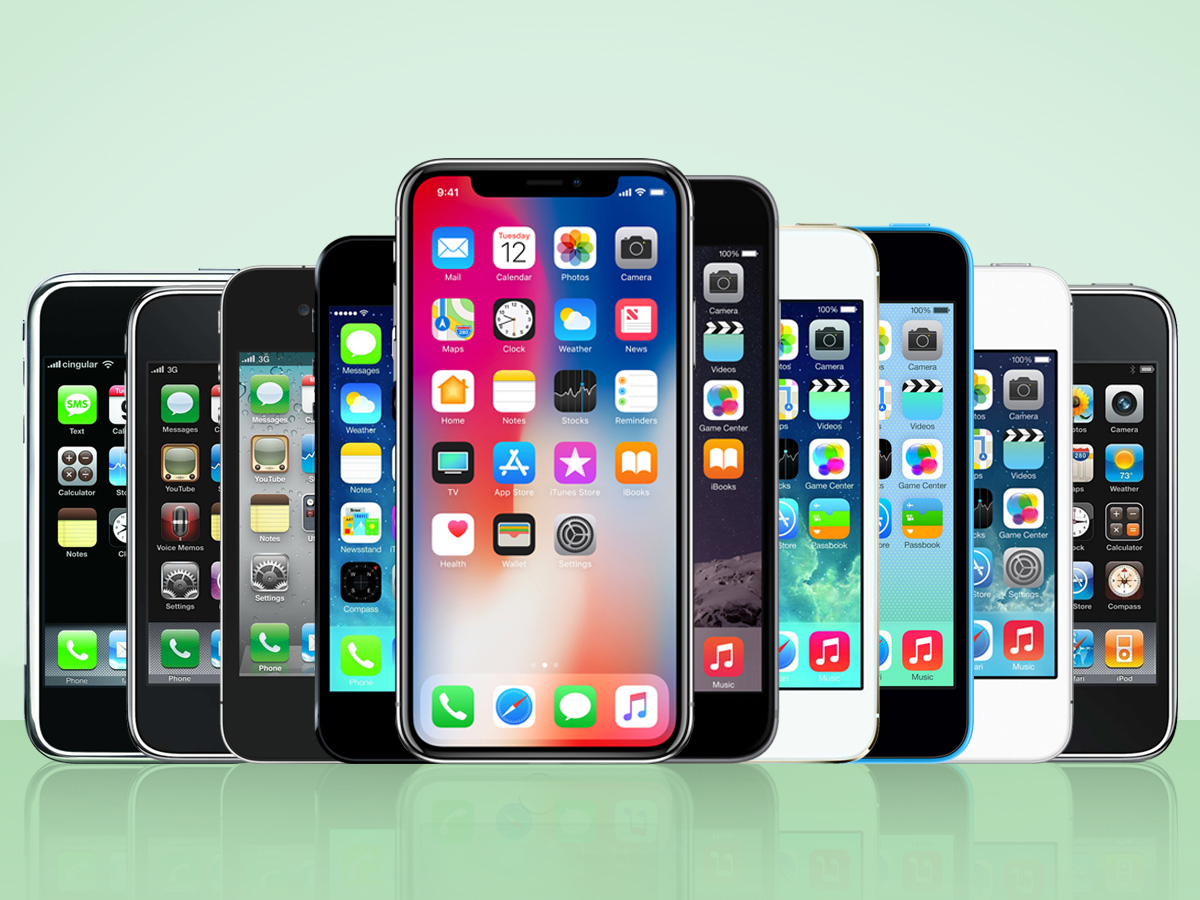Close your eyes and imagine this scene... The sun is sinking below the horizon, and it's going to be a stunner of a sunset — one for the books (or at the very least, for Facebook). You scramble for your phone to capture it all, but the image simply doesn't translate on your screen as beautifully as it is in real life.
I captured this in San Francisco last Fall.
In the early period of mobile phone photography, this was a very common occurrence. But the smartphone cameras we're seeing in 2018 are capable of capturing professional quality images, even when experiencing difficult lighting conditions. The best part? These cameras that are an integral part of today's smartphones fit right in your pocket, allowing you to capture those special moments in amazing clarity and detail, without the need to carry an expensive (and heavy) DSLR.
Smartphones - Let's Take A Look At Their History
Those old enough to remember mall kiosks stocked with interchangeable, plastic phone covers know just how far mobile camera technology has come over the course of the past two decades. Phones at the beginning of this millennium gave us barely discernible images — and any thought about capturing pictures in low light was impossible... but now many of today's current crop of smartphones can shoot video in 4K and capture still images at resolutions suitable for larger frames.
To put all of this into perspective: The first camera phones released in the year 2000 had only enough memory to store around 20 photos, and each image was capable of resolution anywhere from 0.11 to 0.35 megapixels.
A few years later, mobile photo technology had progressed to include basic flash features, self-timers, primitive zoom functionality, and the first iterations of "filters" (such as black & white, sepia, etc.) that would come to dominate social image-sharing platforms like Instagram. These devices were still limited to around 1.3 megapixels — but at least they were capable of wirelessly sending images, and in some cases, even printing them.
But by the beginning of this decade, we were beginning to see glimpses of the technologies that have largely shaped modern mobile camera technology — video capabilities, touchscreen, panoramic photos, and the emergence of built-in software features for image editing, filtering, and retouching.
Today, we've come light years from those early, grainy photos snapped on our flip phones. The most advanced smartphone cameras of 2018 now boast dual-camera setups, the ability to shoot in formats like wide-angle or telephoto, and 12-megapixels (but it's important to note that, despite common perception, megapixels are not always the most critical metric of a camera's quality).
And many of the current smartphone cameras even include features like low-light functionality, super-fast autofocus, and optical image stabilization for steady capture. Portrait modes blur the background of a scene, and manual exposure modes allow a photographer to manipulate everything from shutter speed to white balance, focus, and ISO.
These functionalities were once reserved strictly for bulky, expensive DSLRs — but today, they're available in the palm of your hand. The next question is... do you know how to make the most of this incredible tool?
Taking Your Smartphone Photography to the Next Level
Below are 5 tips that will help you capture amazing imagery using the features that are common on today's smartphones:
Invest time in learning the full range of your smartphone camera's features and functionality. A surprising number of amateur smartphone photographers never fully explore all the features their device has to offer, such as depth-effect, portrait mode, or manually adjusting the ISO of a shot. Taking five minutes to watch a YouTube tutorial or read through your device manufacturer's online user guide can help you discover features you never knew existed.
Opt for a device with Optical Image Stabilization (OIS) technology to take crystal clear pictures of fast-paced scenes. OIS is a technology that helps keep the subject you're shooting clean and crisp, even in low-light situations or, say, in a moving vehicle. Several devices on the market today feature this technology and, if you plan to shoot moving subjects frequently, this is defintley worth looking at when considering a new smartphone.
Play around with the composition of your shot before taking it. Try capturing multiple angles of the same scene. (Tip: getting down to the same level as your subject often provides an interesting point of view.) Your smartphone's built-in "grid" can also help you master common photography guidelines such as the "rule of thirds", and can also help you create interesting compositions along the lines of a trained professional.
4. Keep your smartphone camera lens clean. Using a microfiber cloth or specific lens cleaning kit, periodically clean your smartphone's camera. This lets your lens work with the ultimate clarity, unimpeded by unsightly fingerprint smudges or pants pocket dust.
5. Experiment with translucent and transparent surfaces. Reflections, refractions, windows, mirrors, and even shooting underwater (made possible with an external, waterproof casing) provide new takes on common snapshot subjects like portraits or pet photos. Get creative with your smartphone's features for adjusting lighting, and play around with some cool, new perspectives.
That's A Wrap
In summary, today's fast-evolving smartphone camera technology is making it possible to capture practically any scene — from selfies to sunsets — with the simple swipe of a finger. Play with your camera often, because the more you practice and take chances with your imagery, the greater the chance you'll capture something truly special.


